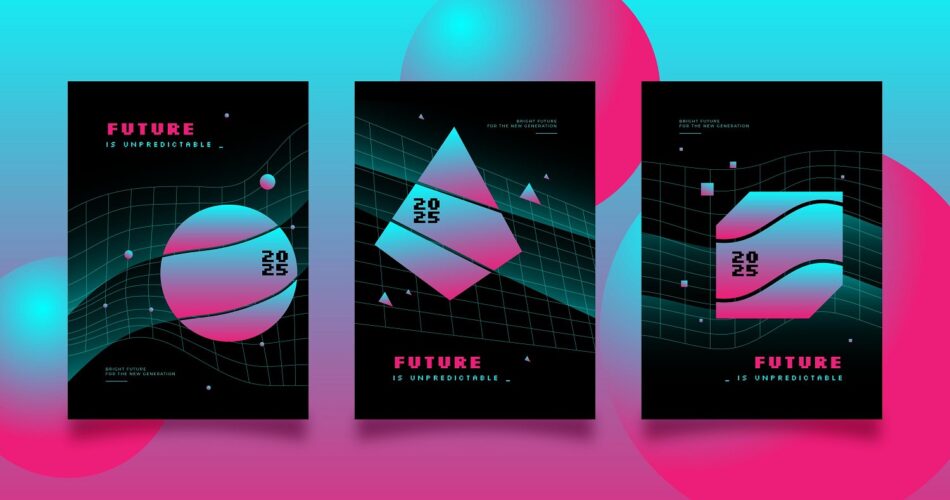In the ever-evolving digital realm, few phenomena have captured the imagination and wallets of enthusiasts quite like NFT trading cards. These unique digital assets, standing at the intersection of art, technology, and commerce, are reshaping the collectibles landscape. But what exactly are they, and why are they causing such a stir?
Table of Contents
What is “NFT Trading Cards?”

NFT Trading Cards Meaning
NFTs, or Non-Fungible Tokens, represent unique digital assets verified using blockchain technology. Unlike cryptocurrencies such as Bitcoin or Ethereum, which are fungible and can be exchanged on a one-for-one basis, NFTs are distinct and cannot be exchanged on a like-for-like basis. NFT trading cards are the digital equivalent of physical trading cards, but with the added benefits of blockchain authentication and global accessibility.
The Technology Behind NFT Trading Cards
Blockchain and Authentication
Every NFT trading card is stored on a blockchain, a decentralized digital ledger. This ensures the card’s authenticity and proves its ownership, making forgery nearly impossible.
Smart Contracts
These self-executing contracts with the agreement directly written into code lines facilitate, verify, or enforce credible transactions. In the world of NFT trading cards, smart contracts can dictate terms like royalty payments every time a card is resold.
Benefits of NFT Trading Cards

Digital Ownership and Provenance:
- Authenticity: NFTs are authenticated using blockchain technology, ensuring that each trading card is genuine and cannot be duplicated. This provides a level of trust and security for collectors.
- Verifiable History: Every transaction involving an NFT is recorded on the blockchain. This means that the entire ownership history of an NFT trading card can be traced back to its origin, establishing its provenance.
- True Ownership: Unlike digital copies of artworks or music that can be easily replicated, owning an NFT gives you verifiable ownership of a unique item. This is akin to owning an original painting rather than a print.
Rarity and Uniqueness:
- Limited Editions: Many NFT trading cards are released in limited quantities, making them rare and potentially more valuable.
- Special Attributes: NFT trading cards can have unique attributes or features that differentiate them from other cards, adding to their uniqueness and collectability.
- Exclusive Content: Some NFT trading cards offer exclusive content, such as behind-the-scenes footage, artist interviews, or special artwork, which can’t be accessed any other way.
Potential for Financial Gains:
- Appreciation in Value: Just like traditional collectibles, the value of NFT trading cards can increase over time, especially if they are rare or created by renowned artists.
- Liquidity: NFT marketplaces operate globally, allowing collectors and investors to buy and sell trading cards easily. This provides a level of liquidity that’s often not seen with physical collectibles.
- Royalties: One unique feature of NFTs is the ability for creators to earn royalties every time the NFT is resold. This not only benefits the original artist but also incentivizes creators to produce high-quality content.
Interactivity and Utility:
- Augmented Reality (AR) and Virtual Reality (VR) Integration: Some NFT trading cards can be integrated with AR and VR platforms, providing an immersive experience for the holder.
- Utility in Digital Ecosystems: Certain NFT trading cards can be used within virtual worlds or online games, granting the holder special abilities, items, or experiences.
- Digital Display: Owners can showcase their NFT trading cards in virtual galleries, social media, or digital frames, allowing for a dynamic way to display and appreciate their collection.
Global Accessibility:
- Borderless Transactions: NFT marketplaces are accessible from anywhere in the world, allowing for a global audience and buyer base.
- Democratization of Collecting: Traditional collectibles often require physical storage, insurance, and maintenance. NFT trading cards eliminate these barriers, making collecting more accessible to a broader audience.
Environmental Benefits:
- Digital Nature: While there are concerns about the environmental impact of blockchain, NFT trading cards, being digital, don’t require physical materials, production, shipping, or storage, reducing their carbon footprint compared to physical collectibles.
Top Platforms to Buy and Trade NFT Trading Cards
| Platform | Notable Features | Fees | User Experience |
|---|---|---|---|
| OpenSea | Largest NFT marketplace, supports ERC721 and ERC1155 assets | 2.5% transaction fee | User-friendly, extensive filtering options |
| Rarible | Decentralized marketplace, allows users to create and sell NFTs | 2.5% transaction fee | Intuitive, easy to create and list NFTs |
| Foundation | Curated platform, focuses on digital art | 15% commission on first sale, 10% on secondary | Sleek, minimalist design |
| SuperRare | Single-edition digital artworks | 15% commission on first sale, 3% on secondary | Clean, easy to navigate |
| CryptoPunks | 10,000 uniquely generated characters, one of the first NFTs on Ethereum | No fee (only gas) | Simple, straightforward |
How to Start with NFT Trading Cards
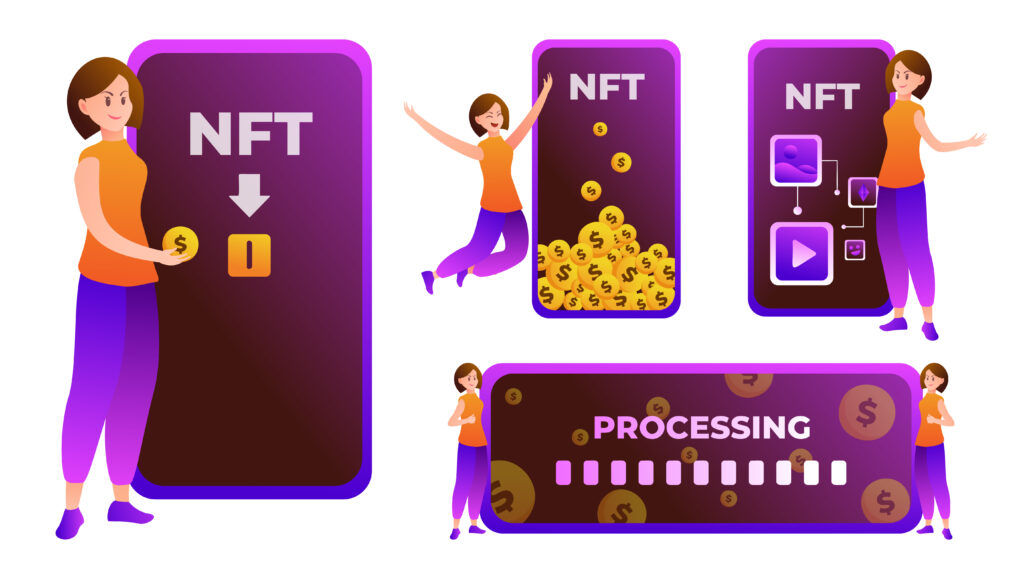
Understand the Basics:
- Educate Yourself: Before diving in, familiarize yourself with the fundamental concepts of NFTs, blockchain, and digital collectibles. There are numerous online resources, courses, and forums dedicated to NFT education.
- Stay Updated: The NFT space is rapidly evolving. Regularly read industry news, join NFT communities, and participate in webinars to stay informed.
Set Up a Digital Wallet:
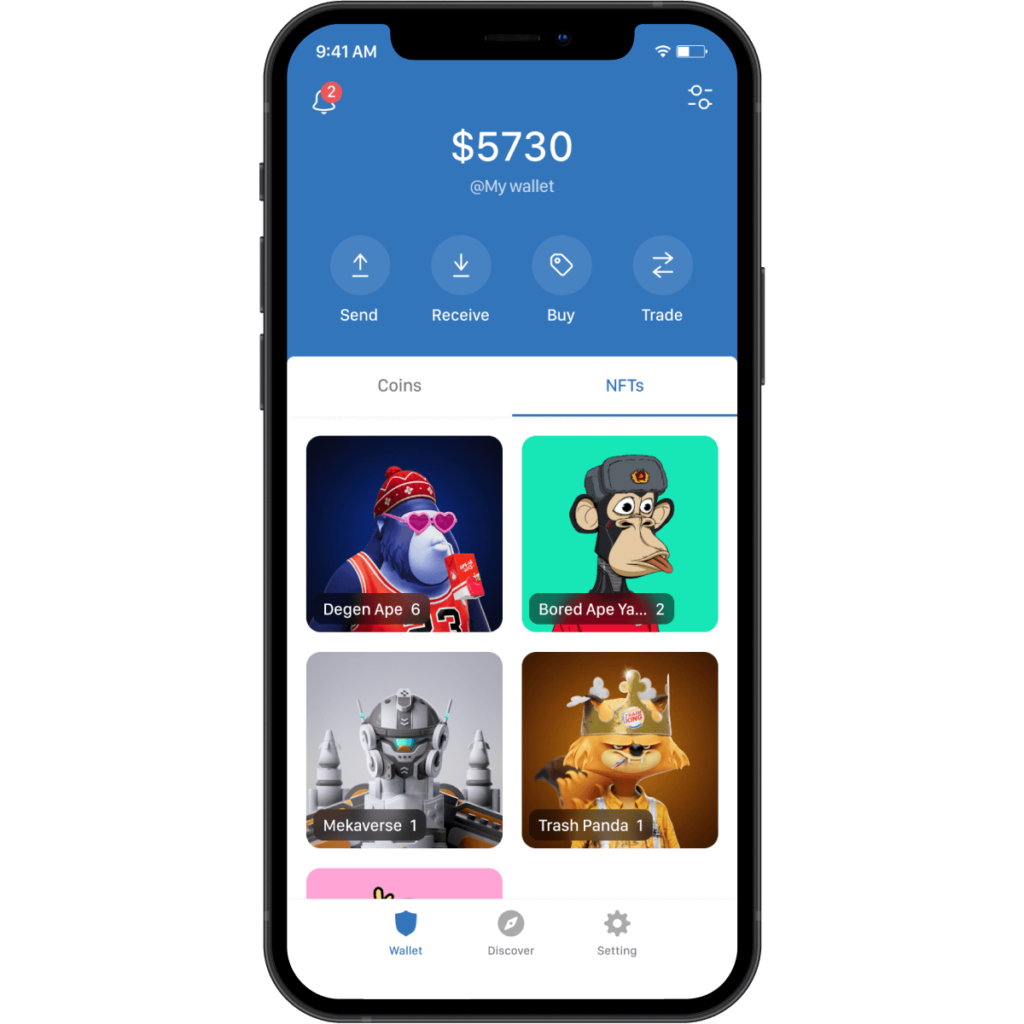
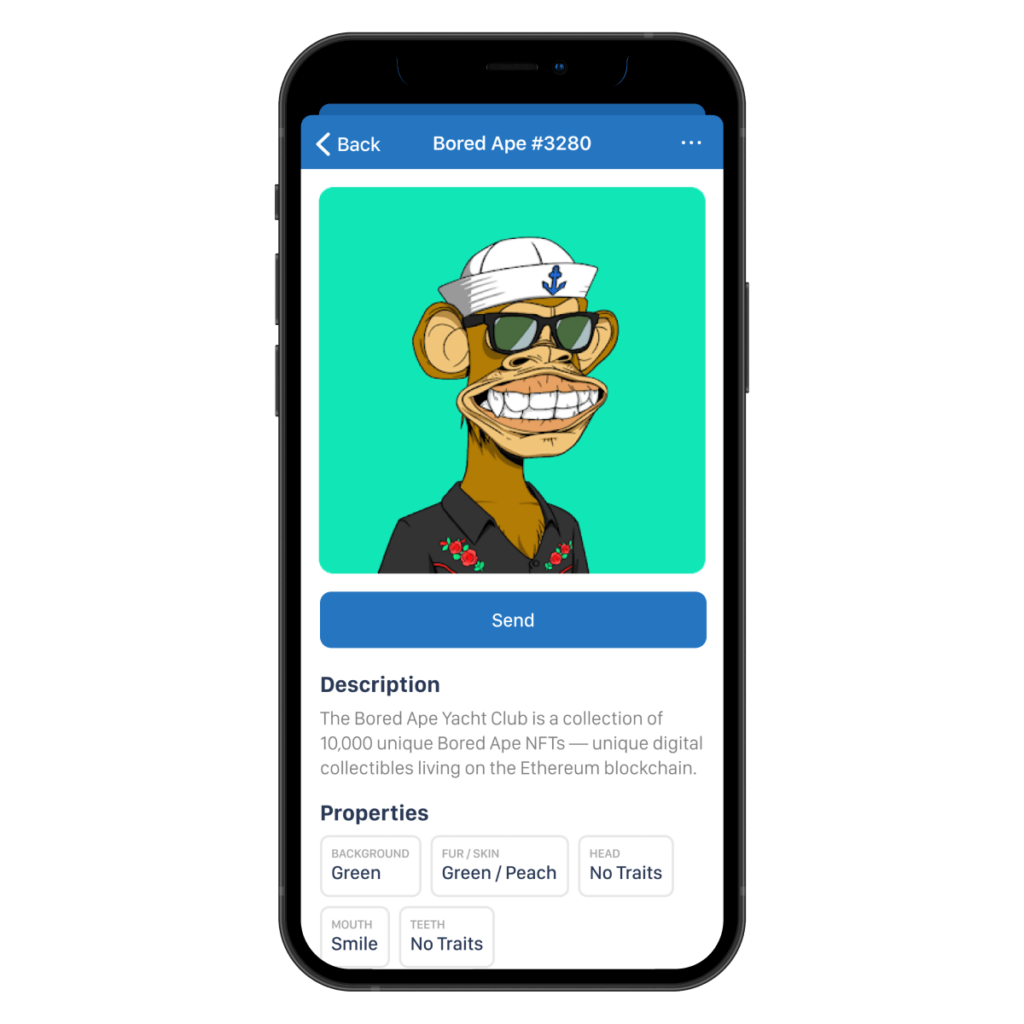
- Choose a Wallet: A digital wallet is essential for buying, selling, and storing NFTs. Popular options include MetaMask, Trust Wallet, and Coinbase Wallet.
- Secure Your Wallet: Ensure you store your wallet’s private keys and recovery phrases in a safe place. Never share these details with anyone.
Fund Your Wallet:
- Buy Cryptocurrency: Most NFT transactions are done using cryptocurrencies, primarily Ethereum (ETH). Purchase ETH or other required cryptocurrencies from exchanges like Mexc, Coinex, OKX or Gate.io.
- Transfer to Your Wallet: Once purchased, transfer the cryptocurrency to your digital wallet. This will be used to buy NFT trading cards and pay for transaction fees.
Choose the Right NFT Marketplace:
- Research Platforms: There are numerous NFT marketplaces, each with its unique features and focus. Popular platforms mentioned above.
- Create an Account: Once you’ve chosen a platform, sign up and connect your digital wallet.
Browse and Research Listings:
- Explore Collections: Browse various collections and artists to find trading cards that resonate with your interests.
- Analyze Value: Before purchasing, analyze the card’s rarity, artist’s reputation, historical sales data, and current market trends to gauge its value.
Making Your First Purchase:
- Place a Bid or Buy Now: Depending on the listing, you can either place a bid in an auction or buy the NFT trading card immediately at a fixed price.
- Confirm the Transaction: Once you decide to purchase, confirm the transaction in your digital wallet. Remember to account for “gas fees” (transaction fees on the Ethereum network).
Storing and Managing Your NFTs:
- View in Your Wallet: After purchasing, your NFT trading card will appear in your connected digital wallet.
- Use External Storage: For added security, consider transferring your NFTs to cold storage solutions like hardware wallets.
Consider Selling or Trading:
- List on Marketplaces: If you decide to sell or trade your NFT trading card, you can list it on the same marketplace or explore others.
- Set the Right Price: Research current market trends and similar listings to price your card competitively.
Stay Informed About Legal and Tax Implications:
- Understand Regulations: The legal landscape for NFTs is still evolving. Stay informed about any regulatory changes in your country.
- Tax Implications: In many jurisdictions, buying and selling NFTs have tax implications. It’s advisable to consult with a tax professional to understand your obligations.
Expert Tips for NFT Trading Card Enthusiasts
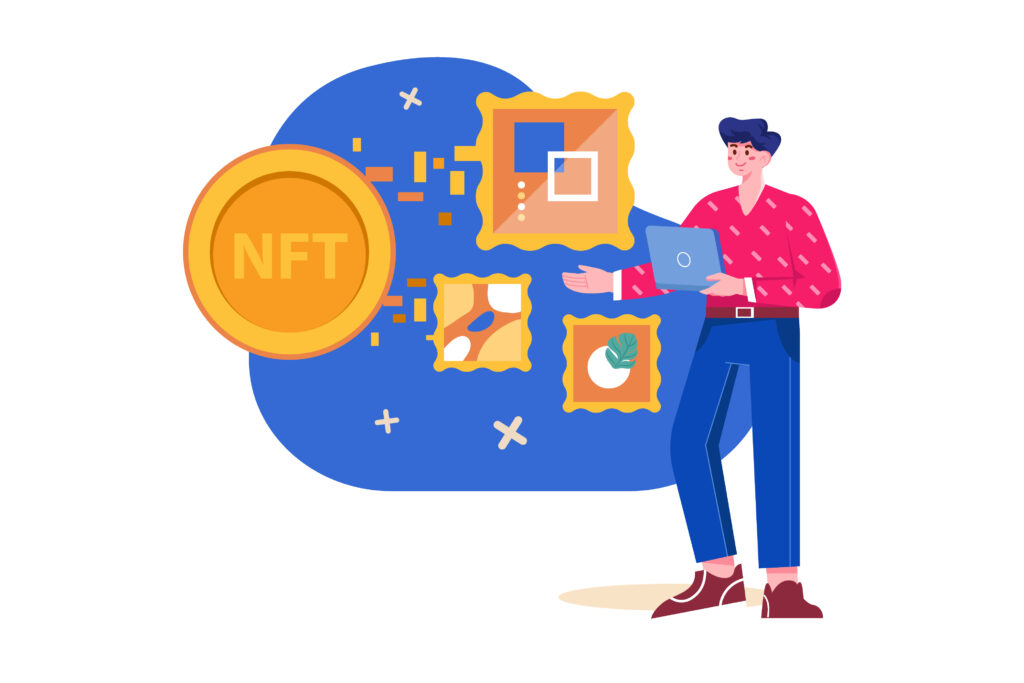
Research is Paramount:
- Understand the Artist/Creator: Just as with traditional art, the reputation and history of the artist or creator can significantly influence the value of an NFT trading card.
- Market Trends: Regularly monitor NFT marketplaces and platforms to gauge which types of cards are in demand and which are declining in popularity.
- Historical Sales Data: Analyze past sales data for specific cards or artists to understand their market performance.
Engage with the Community:
- Join Forums & Social Media Groups: Platforms like Discord, Reddit, and Twitter have vibrant NFT communities. Engaging in these can provide insights, tips, and potential trading opportunities.
- Attend Virtual Events: Webinars, online conferences, and virtual meet-ups can be valuable for networking and gaining deeper insights into the NFT space.
Diversify Your Collection:
- Avoid Putting All Eggs in One Basket: Just like any investment, diversifying your NFT portfolio can help mitigate risks.
- Explore Different Genres: From sports to art to fantasy, there’s a vast array of NFT trading card genres. Exploring different areas can be both fun and potentially profitable.
Prioritize Security:
- Use Reputable Wallets: Ensure you’re using well-reviewed and secure digital wallets to store your NFTs.
- Beware of Scams: As with any booming industry, the NFT space has attracted its share of scammers. Always verify before making a purchase, especially from direct sellers.
Consider Long-Term Value:
- Avoid Impulse Buying: While it might be tempting to jump on every new release, consider the long-term value and potential of a card before purchasing.
- Historical Significance: Cards that represent significant moments or firsts in a particular domain (like the first-ever tweet or a significant sports moment) might hold long-term value.
Understand the Technology:
- Blockchain Basics: Familiarize yourself with the basics of blockchain technology, as it’s the foundation of all NFTs.
- Gas Fees: These are the fees associated with validating transactions on a blockchain. They can vary and sometimes be quite high, so always factor them into your buying and selling decisions.
Stay Updated on Legal & Tax Implications:
- Regulations: The NFT space is still relatively new, and regulations can vary by country. Stay informed about any legal changes or implications in your jurisdiction.
- Taxes: In many places, buying and selling NFTs can have tax implications. It’s essential to consult with a tax professional to understand potential liabilities.
Enjoy the Process:
- Passion Over Profit: While many are drawn to NFT trading cards for potential profits, it’s essential to enjoy the process, the art, and the community. Passionate collectors often find the most satisfaction and success in the long run.
The Future of NFT Trading Cards
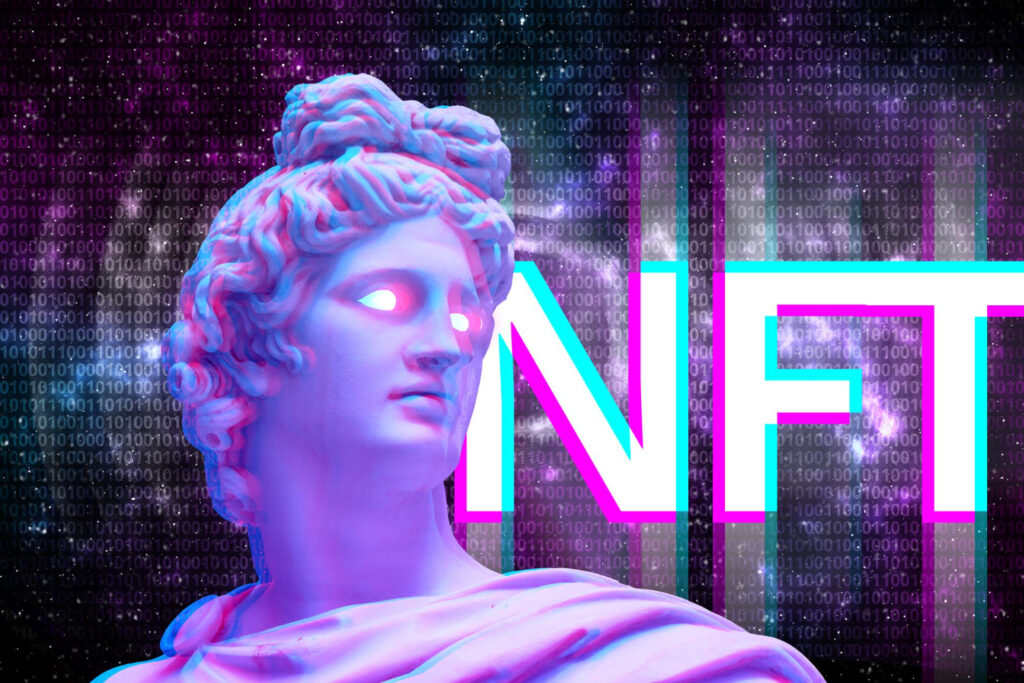
Enhanced Interactivity and Immersion:
- Augmented Reality (AR): Imagine pointing your smartphone at a physical card or location and watching your NFT trading card come to life, showcasing 3D animations or interactive data.
- Virtual Reality (VR): Collectors could enter virtual galleries to showcase their NFT trading card collections, interact with other enthusiasts, or even attend virtual card battles or tournaments.
Integration with Gaming and Entertainment:
- Playable Cards: NFT trading cards could be integrated into video games, allowing players to use their unique cards as in-game assets, characters, or power-ups.
- Cross-platform Utility: A single NFT trading card might grant its owner benefits across multiple games, platforms, or digital ecosystems.
Physical-Digital Crossovers:
- Hybrid Cards: We might see hybrid NFT trading cards that offer both a tangible, physical card and a digital counterpart, bridging the gap between traditional collectors and the digital generation.
- Smart Merchandise: Physical merchandise (like T-shirts or posters) could come embedded with digital NFT trading cards, blurring the lines between merchandise and collectibles.
Advanced Security and Authenticity Measures:
- Holographic Verification: Future NFT trading cards might incorporate holographic elements or other advanced visual cues, ensuring authenticity and deterring counterfeits.
- Biometric Verification: Access to high-value cards might require biometric verification, adding an extra layer of security for collectors.
Evolving Economic Models:
- Royalty Structures: Artists and creators could benefit from more sophisticated royalty structures, ensuring they earn a fair share from secondary sales or trades.
- Fractional Ownership: High-value NFT trading cards might be owned by multiple people, where each person owns a fraction of the card, allowing more people to invest in and benefit from rare assets.
Environmental Solutions:
- Eco-friendly Blockchains: With growing concerns about the environmental impact of blockchain technology, future NFT platforms might migrate to more energy-efficient blockchains or adopt eco-friendly practices.
- Carbon-neutral NFTs: Some platforms might offset the carbon footprint of their NFTs by investing in environmental initiatives, making NFT trading cards more sustainable.
Broader Audience and Mainstream Adoption:
- Educational Initiatives: As more resources are dedicated to educating the public about NFTs, we can expect a broader audience to engage with NFT trading cards.
- Collaborations with Major Brands: Major entertainment, sports, and art brands might release their exclusive NFT trading card series, driving mainstream adoption.
Conclusion
The realm of NFT trading cards is more than just a fleeting trend or a speculative bubble. It represents a profound shift in how we perceive, value, and interact with digital assets in the modern age. This shift is underpinned by several key factors:
NFT trading cards have fundamentally redefined the concept of ownership in the digital space. Unlike traditional digital assets that can be copied endlessly without loss of quality, NFTs provide verifiable, unique ownership, ensuring that each digital card is one-of-a-kind. This has profound implications for artists, creators, and collectors, allowing them to establish and verify the provenance of their assets.
With the emergence of hybrid NFTs and the potential for augmented reality integrations, the line between the physical and digital worlds is becoming increasingly blurred. This convergence allows collectors to enjoy the tactile allure of physical cards while benefiting from the versatility and global reach of digital assets.
The NFT ecosystem provides artists and creators with unprecedented control over their work. Through smart contracts and blockchain technology, creators can ensure they receive royalties for secondary sales, fostering a more equitable and sustainable creative economy.
NFT trading cards have democratized the world of collectibles. No longer confined by geographical boundaries, collectors from around the world can buy, sell, and trade cards on global platforms, creating a vibrant and diverse community of enthusiasts.
While the NFT market has witnessed explosive growth, it’s essential to approach it with a blend of enthusiasm and caution. As with any emerging industry, there will be challenges, from environmental concerns to regulatory hurdles. However, the potential for innovation, collaboration, and growth is vast. Collectors, artists, and investors who stay informed, engaged, and adaptable will be best positioned to navigate the evolving landscape of NFT trading cards.
In essence, NFT trading cards are not just digital collectibles; they are a testament to the transformative power of technology, art, and commerce. As we look to the future, it’s clear that they will play a pivotal role in shaping the cultural and economic narratives of the digital age.
FAQs
What are NFT trading cards?
NFT trading cards are unique digital collectibles verified using blockchain technology, ensuring their authenticity and ownership.
What makes NFT trading cards different from regular digital images?
NFTs are authenticated using blockchain, ensuring their uniqueness and ownership.
How do I sell my NFT trading card?
Most platforms that allow purchasing NFTs also offer options to list them for sale.
Are NFT trading cards a good investment?
Like any investment, it’s essential to do thorough research and understand the market dynamics.
How to make NFT trading cards?
1. Create a digital artwork or design for the card.
2. Choose a blockchain platform (e.g., Ethereum).
3. Use an NFT marketplace (like OpenSea or Rarible) to mint the digital artwork as an NFT.
4. List it for sale or trade on the chosen marketplace.
How to buy NFT trading cards?
1. Set up a digital wallet (e.g., MetaMask).
2. Fund the wallet with cryptocurrency (usually Ethereum).
3. Browse an NFT marketplace (like OpenSea or Rarible).
4. Select the desired trading card and complete the purchase using your digital wallet.
